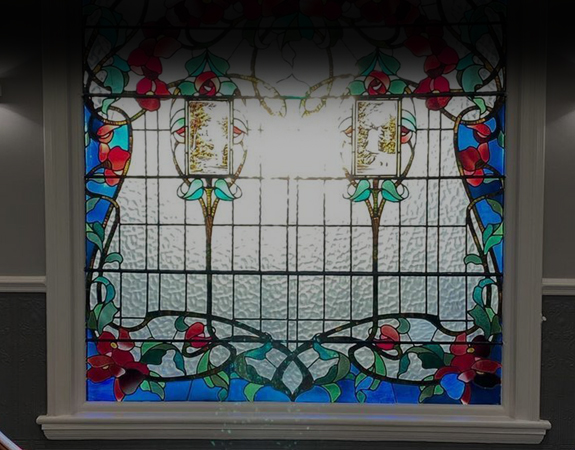What are Dental Bone Grafts?
There’s little doubt that dental implants are an excellent way of replacing missing teeth, but although they are suitable for most people traditional dental implants do need a minimum amount of healthy bone. When the dental implant is inserted into the jawbone it begins to osseointegrate or bond with the surrounding bone, but if there isn’t enough bone then this osseointegration can’t take place and the implant is likely to fail.
Your initial consultation at Leeds City Dentalcare will be to discuss whether or not you have sufficient bone, and CT scans and dental x-rays are often used to determine the exact height and width of the bone present in your jaw. If there isn’t enough bone then Dr David Brown may recommend you have a bone graft. This is a very straightforward procedure to build up the bone, enabling the implant to go ahead. The bone can come from several different sources.
Different Types of Grafts That Can Be Used
One of the most common ways is to harvest bone from another area in your body, something that’s called an autogenous graft. The advantage of this type of bone graft is that it won’t be rejected by your body, but the downside is that it does require a small additional procedure, and the harvesting site can sometimes be quite sore afterwards. The bone can be harvested from another site in your mouth, or it may be harvested from your hip.
A second type of bone graft is called an allograft, and is where bone is taken from a donor. This might sound a little creepy but in fact this type of graft is being used very successfully and the bone is properly tested and sterilised before being placed.
The third type of graft is called a xenograft and is where animal bone that is usually bovine in origin is grafted onto your jawbone. Once again this donor bone will have been thoroughly tested and sterilised before it is used.
There is also a fourth type of graft that uses artificially produced materials that can help promote natural bone growth. These types of grafts may take the form of a mesh that creates a framework for healthy new bone cells, or they can be in powder form.
Sometimes the bone graft can be placed at the same time the dental implants, but traditionally the bone graft is left to fuse with your existing bone for quite a few months. These are all things that will be discussed with you by the dental team at our Leeds surgery.
What Are the Most Common Reasons for Bone Loss in the Jaw?
Bone loss can be due to a variety of different reasons. If you lost teeth due to advanced periodontal or gum disease then it’s likely the bone loss will have occurred at this time, as the infection and inflammation not only destroys the gums but also the jawbone. Bone loss can also occur if you lost your teeth quite some time ago and chose to replace them by other means, for example with a denture. Once the jawbone loses the stimulation provided by natural tooth roots then it begins to reabsorb, and is one of the reasons why our dentist in Leeds City Dentalcare recommends replacing missing teeth with dental implants as soon as possible following tooth extraction. Bone loss can also be due to an accident, bone may lose its density due to certain diseases, or it can even be genetic.




